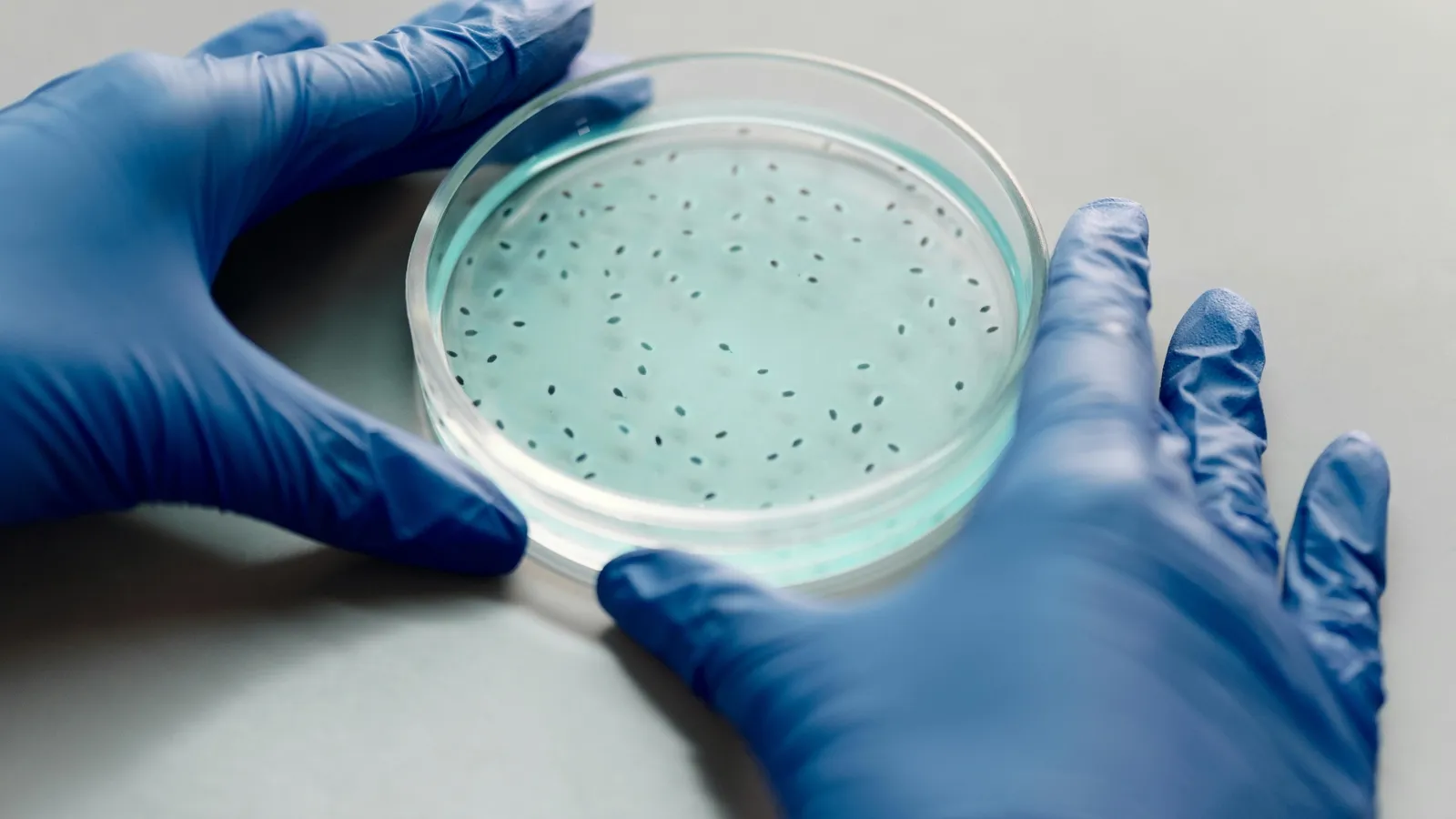USDA Orders Nationwide Testing of Milk for Bird Flu to Halt the Virus: A Detailed Overview of the New Initiative
In a decisive move to prevent the spread of avian influenza (bird flu) and safeguard public health, the U.S. Department of Agriculture (USDA) has recently announced a nationwide initiative to test milk for traces of the virus. This new directive underscores the growing concern surrounding the spread of avian flu in the United States, particularly as it poses a significant threat to both livestock and human health. Bird flu, which primarily affects birds, has been known to spill over into other species, including mammals, and can have serious consequences for both agriculture and public health.
The USDA’s decision to begin testing milk for bird flu highlights the increasing urgency to monitor and control the virus, which has already led to widespread poultry culling, economic losses, and food security concerns. The milk testing strategy is a part of a larger set of measures aimed at halting the spread of the virus and minimizing its impact on the U.S. dairy industry. This article explores the reasons behind this decision, the methods involved in testing milk for the virus, and the potential implications for public health, agriculture, and the broader food supply.
What Is Avian Influenza (Bird Flu)?
Avian influenza (bird flu) is a viral infection that primarily affects birds, particularly poultry such as chickens and turkeys. While most cases of bird flu do not pose significant risks to humans, certain strains, such as H5N1 and H5N8, have been known to infect humans, often with severe consequences. The virus spreads easily among bird populations, especially in crowded conditions such as poultry farms, and can be transmitted via droppings, saliva, and nasal secretions.
In the past few years, several outbreaks of avian influenza have affected poultry farms across the U.S. and other countries, leading to the culling of millions of birds to prevent further spread. The current bird flu outbreak in the U.S. has been particularly concerning, with a variety of strains circulating that pose risks to both poultry and potentially to other animal species, including mammals.
Though the primary focus has been on the impact of bird flu on poultry, there has been increasing concern about its potential to cross over to mammals, which includes not only humans but also other animals such as pigs, cats, and even farm animals like cows. The USDA’s decision to test milk for the virus represents a proactive approach to monitoring any possible spillover to dairy animals, which would have serious economic and health consequences.
Why Test Milk for Bird Flu?
Testing milk for bird flu may seem unusual at first, considering that the virus primarily affects birds. However, this initiative stems from mounting evidence that avian influenza can affect mammals and may be present in milk or dairy products under certain circumstances. While there have been no confirmed cases of bird flu transmission through milk to humans, there is still a potential risk, particularly in regions with ongoing outbreaks.
Here are the main reasons behind the USDA’s decision to test milk for bird flu:
1. Risk of Virus Spillover to Mammals
Bird flu can spill over into other species, including mammals. There have been reports of mammals, including foxes, minks, and even cats, contracting avian influenza in areas where outbreaks are prevalent. Although the virus has not yet shown a widespread ability to infect dairy cows, there is concern that if infected birds or their droppings come into contact with cows or dairy facilities, the virus could potentially spread to cattle. This makes milk testing a key part of early detection and containment efforts.
2. Ensuring Public Safety
Milk is a staple of the U.S. food supply, consumed by millions of people every day. While there is no clear evidence that bird flu can be transmitted through milk to humans, ensuring the safety of milk and dairy products is essential for public health. Testing milk for avian influenza allows the USDA to prevent any possible transmission of the virus through dairy consumption. This testing initiative helps reassure consumers that the milk they purchase is safe, even during times of avian influenza outbreaks.
3. Preventing Economic Losses
The U.S. dairy industry is a multi-billion-dollar sector that relies heavily on the health of its herds. A bird flu outbreak affecting dairy cows could lead to significant losses, not just in milk production, but in public trust, which could impact demand for dairy products. The USDA’s decision to test milk is a preventive measure aimed at ensuring the continued health and productivity of dairy herds. By detecting potential outbreaks early, the USDA can minimize the damage and prevent mass culling or other interventions that could disrupt the supply chain.
4. Tracking and Monitoring the Virus
The nationwide testing of milk provides an essential surveillance tool for monitoring the spread of bird flu in different regions of the country. By collecting milk samples from various dairy farms, the USDA can track the geographical spread of the virus, detect new outbreaks, and assess the effectiveness of control measures. This data is crucial for creating targeted interventions that can limit the impact of avian influenza on both public health and the agricultural industry.
How Will Milk Be Tested for Bird Flu?
The process of testing milk for avian influenza will involve collecting samples from dairy farms across the country. These samples will then be tested in laboratories using advanced diagnostic tools that can detect the presence of the virus.
1. Sample Collection
Milk samples will be taken from a variety of dairy farms, including those with reported cases of bird flu in surrounding areas. Farms will be randomly selected for testing as part of the USDA’s comprehensive surveillance strategy. The milk samples will be collected using clean, sterile equipment to avoid contamination, and each sample will be carefully labeled and stored to ensure accurate analysis.
2. Testing for the Virus
Once collected, the milk samples will be sent to specialized laboratories where they will be tested for traces of avian influenza. The primary method used to detect the virus will likely involve polymerase chain reaction (PCR) testing, which is highly sensitive and can detect even small amounts of viral genetic material. Other methods, such as antigen testing or viral culture, may also be employed depending on the circumstances.
3. Tracking and Reporting Results
After testing, the results will be compiled and analyzed by the USDA, and any positive cases of avian influenza will be reported to the relevant authorities. If a positive case is detected in milk, the USDA will implement measures to contain the virus, which may include culling affected animals, restricting the movement of livestock, or closing certain farms until further testing and precautions are taken. The USDA will also provide guidance on handling and processing milk to prevent contamination during outbreaks.
Implications of Nationwide Milk Testing for Bird Flu
The USDA’s initiative to test milk for bird flu has far-reaching implications, both for public health and for the agricultural industry. These implications can be grouped into several key areas:
1. Public Health and Safety
Ensuring that milk and dairy products are free from avian influenza will help protect consumers from potential health risks. Although bird flu has not been proven to spread through milk, taking precautions by testing milk will reassure the public that the U.S. dairy supply is safe, even during times of avian influenza outbreaks.
2. Dairy Industry Impact
The testing initiative is likely to have mixed effects on the dairy industry. While it is crucial for preventing the spread of the virus, the additional testing protocols and potential disruptions in milk production could lead to short-term challenges. The industry will need to adapt to these new regulations, which could include enhanced biosecurity measures on farms, increased monitoring of dairy cows, and greater scrutiny of dairy products.
3. Environmental and Economic Consequences
In the worst-case scenario, a significant outbreak of bird flu in dairy cows could lead to mass culling of animals and considerable economic losses. However, the USDA’s proactive testing strategy aims to identify and contain any outbreaks before they reach this point. By taking swift action, the USDA hopes to minimize the environmental and economic consequences of a full-scale epidemic.
Conclusion
The USDA’s decision to implement nationwide testing of milk for bird flu reflects the growing concerns surrounding the spread of avian influenza and its potential risks to public health and agriculture. By proactively monitoring milk and dairy products, the USDA aims to ensure the continued safety of the U.S. food supply and mitigate the economic and health impacts of the virus. Although the risks of bird flu transmission through milk are low, the USDA’s comprehensive testing initiative offers an extra layer of protection, ensuring that consumers can feel confident in the safety of their milk and dairy products.
This initiative highlights the importance of continuous monitoring and preparedness in the face of infectious diseases. As the U.S. continues to combat the effects of avian influenza, the USDA’s approach to testing milk represents an important step in safeguarding both the health of the public and the resilience of the agricultural industry.























